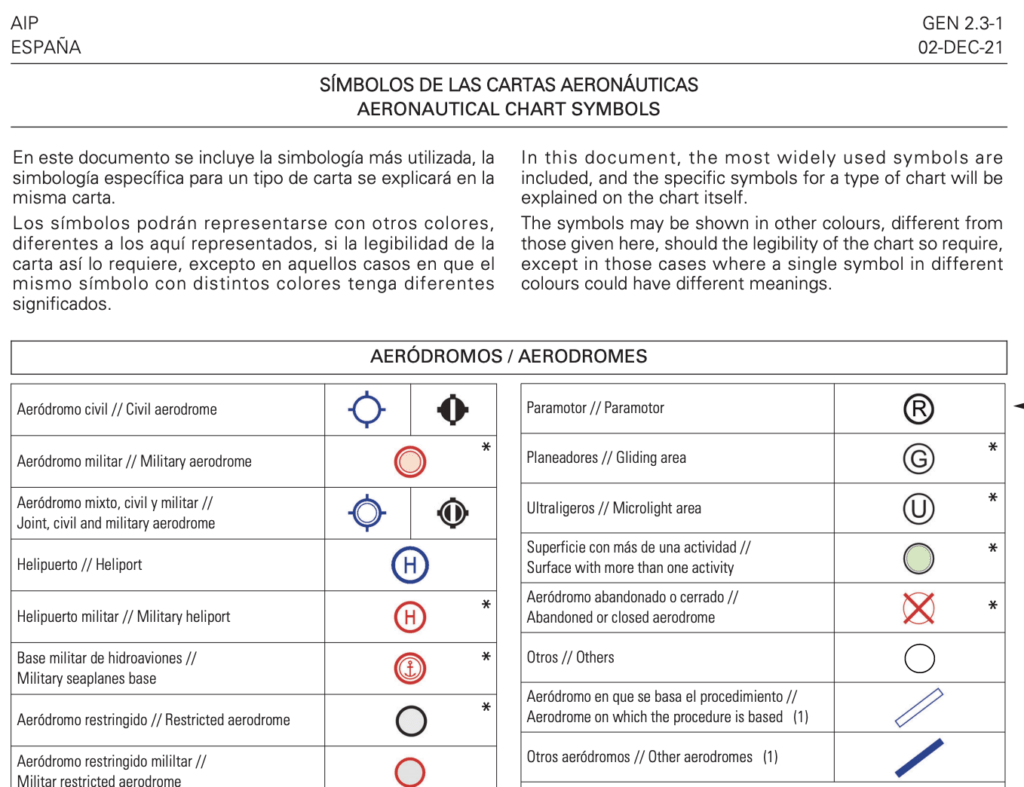BLOG POSTS
Take-Off with AIP Navigation: How ICAO Organizes Airspace for Safe and Efficient Drone Operations
What is the AIP?
Essentially, the AIP outlines regulations, procedures, and other critical information for aircraft operation in the corresponding territory. Generally, it is issued by the respective civil aviation authority or on its behalf, being the primary source of information for permanent changes and long-term adjustments.
The AIP is kept up to date through periodic revisions that follow a pre-established cycle. For significant information changes in operation, the AIRAC cycle (Aeronautical Information and Control Cycle) is used: revisions (usually one every 28 days) are made every 56 days (double AIRAC cycle) or every 28 days (single AIRAC cycle).
Understanding the Index
The structure and content of the AIP adhere to international standards established by the ICAO. The three main sections are:

Each section has subsections. Each of these subsections is assigned a number, such as:

Each section has subsections. Each of these subsections is assigned a number, such as:

The following image shows the index of the AIP for France and the AIP for:
This organizational model is the same in all countries that have AIP. This allows you to navigate any AIP if you know how to work with one.


AIP Sections for Drones
Part 1 - GEN (General)
GEN2 – Tables and Codes
This section will provide us with all the necessary information to understand the abbreviations, symbols of the charts, etc.We will also find tables where we can see the official time of horto and sunset, among others.

Part 2 - En Route (ENR)
ENR 1 – General Regulations and Procedures
We can find information about the country’s aeronautical regulations. Although it is not information specific to drones, it is an important part since it can help us understand certain information and regulations that we may not know.
For example, we can understand the classification of airspace, the regulations of VFR or IFR flights, among others.
ENR 5 – Notices for Navigation
This section is very important for the use of UAS. Many times we find prohibited, dangerous, or restricted areas on flight charts or in the programs we use to consult flight areas, and there is not enough information to know what we should do.
Within ENR5, and particularly in document ENR5.1, we will find all the information about these areas, their dimensions, activity schedule, etc.
Additionally, we can find information about military zones, protected natural areas, etc.
Part 3 − Aerodromes (AD)
AD 2 – Aerodromes
Within the aerodrome section, we can find all the information about the country’s aerodromes. There is a lot of information that is not necessary to know for drone flight, although examples that may be of interest are detailed below:
Aerodrome administrative information:
We will find the “real” information of the aerodrome, with their respective phones and emails to contact them for air operations. We will also find the operating hours, the type of flights allowed, etc.
Airspace information:
We will find all the airspace information of the aerodrome. For example, its classification, dimensions, contact frequencies, activity schedule, etc.
VFR Charts:
In the AIP, there are a lot of charts and plans of the aerodrome. Obviously, most are for operations with manned aircraft, but visual flight rules VFR charts offer a lot of information about aerodrome operations.
They will allow us to know how aircraft arriving and departing from the aerodrome should behave, the communications they should have, emergency procedures, etc.

AIP and other sources of information
It is not necessary to consult it periodically, but knowing that it exists and that it can serve us to obtain information and even validate other data sources is very valuable.
Mastering the AIP will undoubtedly make you a better international UAS pilot, and will help you to be able to address the authorities with more knowledge of the flight areas.